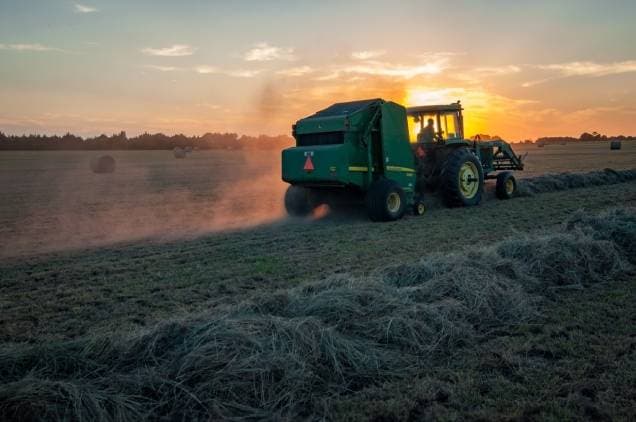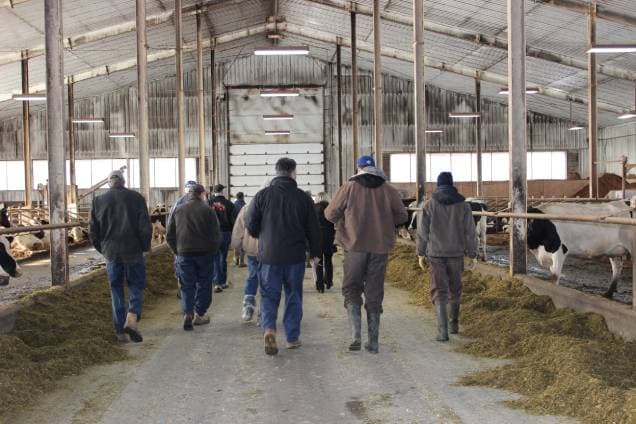The heat index is a simple tool and guide for farmers making decisions about protecting workers in hot weather. It doesn’t take into consideration conditions that may cause additional risk, such as physical exertion, working in the direct sun which can add up to 8 degrees Celsius to the heat index value, and wearing heavy clothing or protective gear. Fluid intake should not exceed 6 cups per hour or 12 quarts per day. This makes it particularly important to reduce work rates, reschedule work, or enforce work/rest schedules.
| Heat Index / Risk Level |
Protective Measures |
| < 33°C – Lower |
- Provide drinking water
- Ensure that adequate medical services are available.
- Plan ahead for times when heat index is higher, including worker heat safety training.
- Encourage workers to wear sunscreen.
- Acclimatize workers.
- Take additional measure if workers are required to wear heavy protective clothing go perform strenuous activity.
|
| Heat Index / Risk Level |
Protective Measures |
| 33°C to 39°C – Moderate |
- In addition to the steps listed above:
- Remind workers to drink water often (about 4 cups/hour).
- Review heat-related illness topics with workers: how to recognize heat-related illness, how to prevent it, and what to do if someone gets sick.
- Schedule frequent breaks in a cool, shaded area.
- Acclimatize workers.
- Set up buddy system/instruct supervisors to watch workers for signs of heat-related illness.
- Monitor workers closely.
|
| Heat Index / Risk Level |
Protective Measures |
| 39°C to 45°C – High |
- In addition to the steps listed above:
- Alert workers of high-risk conditions
- Actively encourage workers to drink plenty of water (about 4 cups/hour).
- Limit physical exertion (e.g. use mechanical lifts).
- Have a knowledgeable person at the worksite who is well-informed about heat-related illness and able to determine appropriate work/rest schedules.
- Establish and enforce work/rest schedules.
- Adjust work activities (e.g., reschedule work, pace/rotate jobs).
- Use cooling techniques.
- Watch/communicate with workers at all times.
|
| Heat Index / Risk Level |
Protective Measures |
| > 46°C – Very high to extreme |
-
- Alert workers of extreme heat hazards.
- Establish water drinking schedule (about 4 cups/hour).
- Develop and enforce protective work/rest schedules.
- Conduct physiological monitoring (e.g., pulse, temperature, etc.).
- Stop work if essential control methods are inadequate or unavailable.If essential work must be done, in addition to the steps listed above:
|



